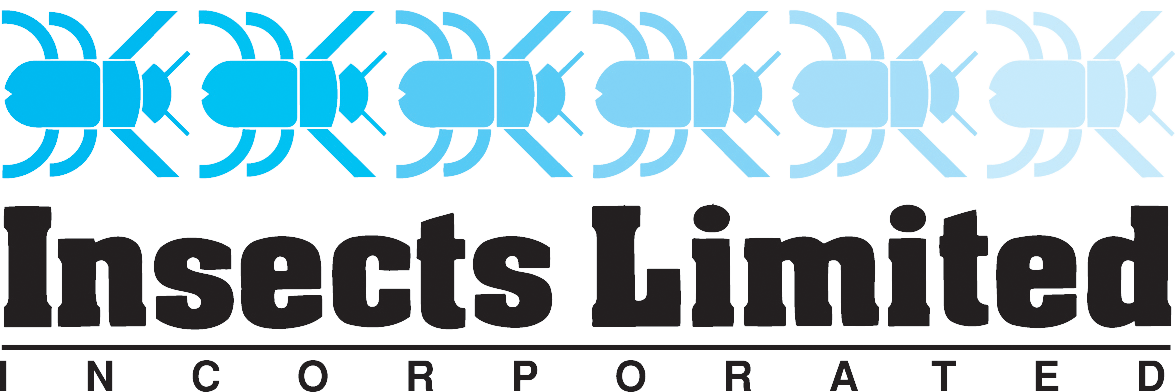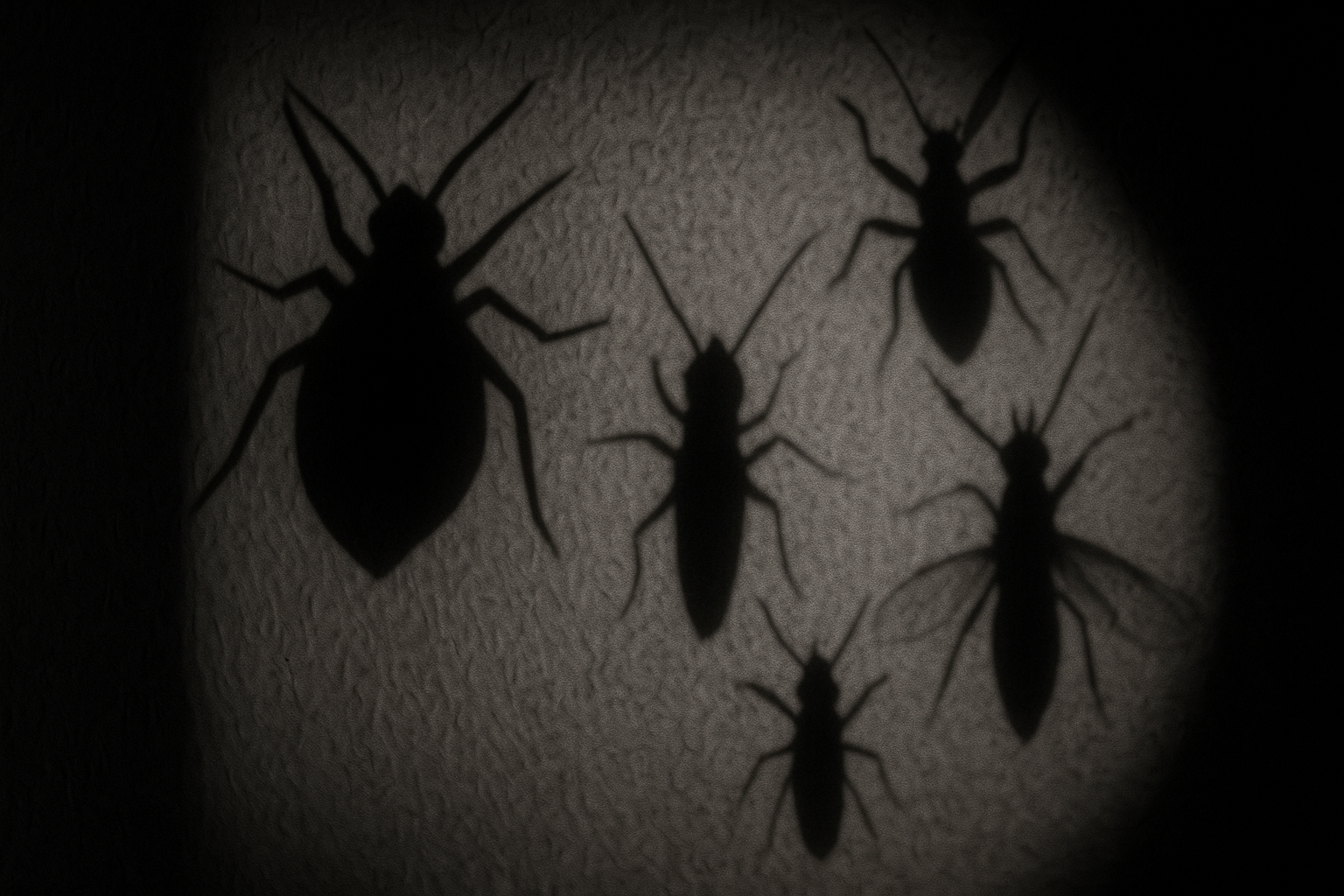When Packing Materials Become Pest Highways: Biodegradable Packing Peanuts
Written by Samantha Kiever
Expanded polystyrene, commonly referred to as Styrofoam, has been used for a variety of purposes since its invention in the 1940s. Because of its lightweight nature, structural integrity, insulative properties, Styrofoam quickly became the preferred packing material to avoid damage to objects in transit. Despite its utility, the environmental ramifications of Styrofoam are immense. The production and disposal of Styrofoam emits large amounts of pollutants and greenhouse gases.
Furthermore, Styrofoam is highly resistant to biodegradation, resulting in its accumulation and persistence in ecosystems for hundreds of years. In response to these concerns, biodegradable packing peanuts have been introduced to the market. While better for the environment, these materials can become infested with a number of stored products insect species and be shipped worldwide, creating an underground pest superhighway.
Evidence for Insect Exploitation of Packing Materials
Reports have been published documenting insects infesting new areas by exploiting starch-based packing materials as a conduit. One such case involved a museum that discovered cigarette beetles (Lasioderma serricone) on the floor where their insect collection was stored. Initial inspections of the insect drawers revealed no damage to the specimens. However, further investigation revealed that the cigarette beetles had arrived via a non-food shipment containing starch-based packing peanuts, which they used as a food source breeding ground.
Indian meal moth cocoon
Infested packing peanut
Skeletonized packing peanut
A little over a year ago, I conducted a small experiment by exposing some of our colony insects to starch-based packing peanuts received in a shipment. Among the test species - gray silverfish (Ctenolepisma longicaudata), cigarette beetles (Lasioderma serricorne), and saw-toothed grain beetles (Oryzaephilus surinamensis) - all thrived.
Not only did these exclusively packing-peanut-fed colonies survive for months, but they also managed to reproduce.
Adding to the growing body of evidence, Insects Limited received photos from a customer showing starch-based packing peanuts completely infested with cigarette beetles and warehouse beetles (Trogoderma variabille).
Additionally, and Indian meal moth (Plodia interpunctella) pupa was observed incorporating pieces of the packing material into its cocoon.
These observations suggest that that range of species capable of exploiting starch-based packing materials may be far broader than currently documented.
Strategies to Manage Pest Risk
The potential for insects to spread through shipments cannot be overstated, as this has the potential to cause damages to facilities that handle food and historical objects alike. To address the vulnerabilities associated with shipping or receiving packages utilizing starch-based packing peanuts, several proactive measures can help prevent the spread of pests both within and outside the facilities you manage. The general rule should be to treat them as though they are foo because they essentially are.
Always store starch-based packing peanuts in airtight containers to prevent infestations. This applies to both new and materials intended to be reused in an outgoing shipment. Used peanuts should be promptly disposed of outdoors or away from sensitive materials, regardless of whether visible insect activity is present. When receiving shipments, careful inspection of incoming packages for signs of pest activity, including small holes in the packing material, frass, or live insects in imperative.
Additionally, it is advisable to minimize long-term storage of packing peanuts, as the risk of infestation increases over time. Storage areas should also be kept clean and free from food debris or other attractant to reduce the likelihood of pests. Naturally, monitoring for insects in shipping and receiving areas can help detect pests before they spread too far in or out of packing materials.
Preventing the spread of stored product pests requires coordinated efforts across all fronts. Even non-food shipments can inadvertently serve as vehicles for pest dispersal. By implementing these strategies and maintaining vigilance, businesses can mitigate pest risks while continuing to utilize biodegradable materials in an environmentally responsible manner.
Next time, we’re going to take a look at Styrofoam packing materials and explore why, despite their synthetic nature, they might not be as pest-proof as they seem.
Related Insect and Pheromone Posts
Read more about insects and pheromones in these related posts:
Product of the Month - PTL Multi-Species Kit (IL-408-10)
Insect of the Month: Almond Moth (Ephestia cautella)
New Dirty Dozen Poster Now Available - Enhance Your Pest Management Efforts Today
Insects Limited, an Insect Pheromone Company
Insects Limited, Inc. researches, tests, develops, manufactures and distributes pheromones and trapping systems for insects in a global marketplace. The highly qualified staff also can assist with consultation, areas of expert witness, training presentations and grant writing.
Insects Limited, Inc. specializes in a unique niche of pest control that provides mainstream products and services to protect stored food, grain, museum collections, tobacco, timber and fiber worldwide. Please take some time to view these products and services in our web store.






